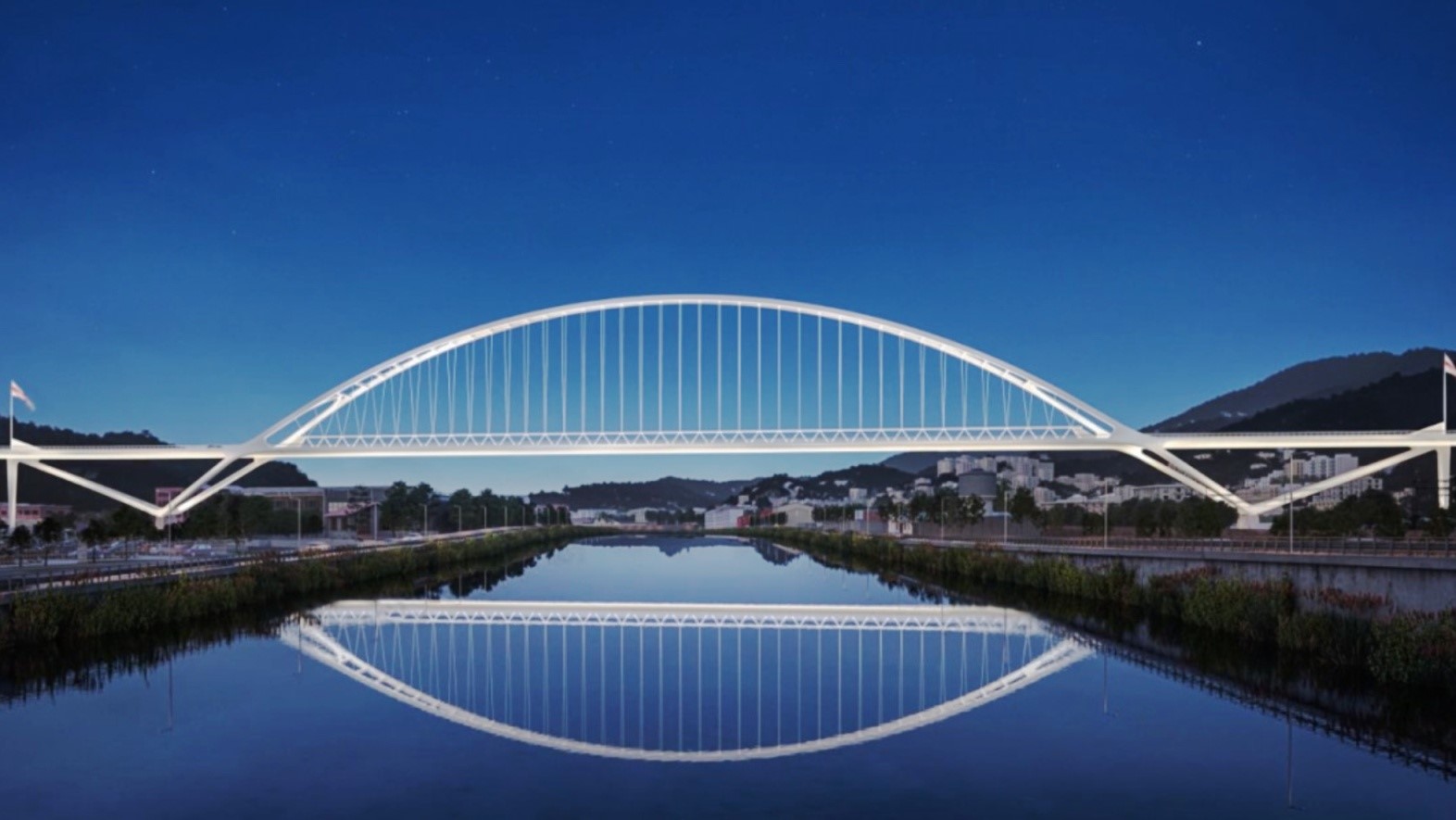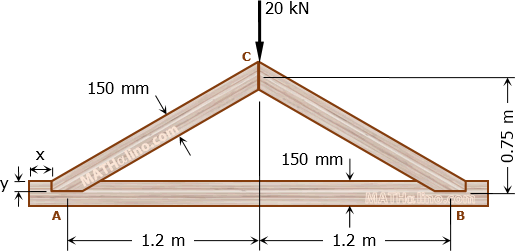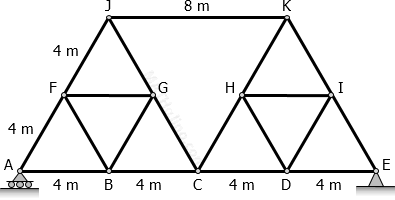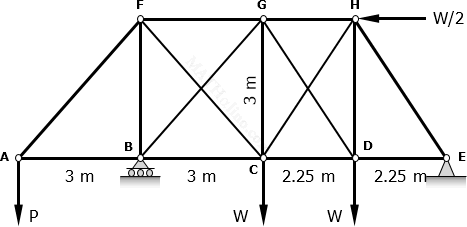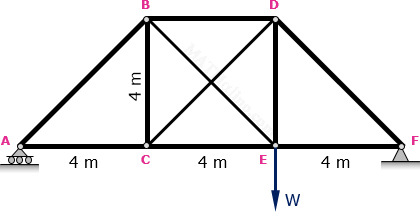Continuous Beam With a Gap and a Zero Moment in Interior Support
Situation
A beam of uniform cross section whose flexural rigidity EI = 2.8 × 1011 N·mm2, is placed on three supports as shown. Support B is at small gap Δ so that the moment at B is zero.
1. Calculate the reaction at A.
| A. 4.375 kN | C. 5.437 kN |
| B. 8.750 kN | D. 6.626 kN |
2. What is the reaction at B?
| A. 4.375 kN | C. 5.437 kN |
| B. 8.750 kN | D. 6.626 kN |
3. Find the value of Δ.
| A. 46 mm | C. 34 mm |
| B. 64 mm | D. 56 mm |

